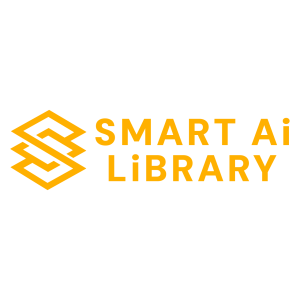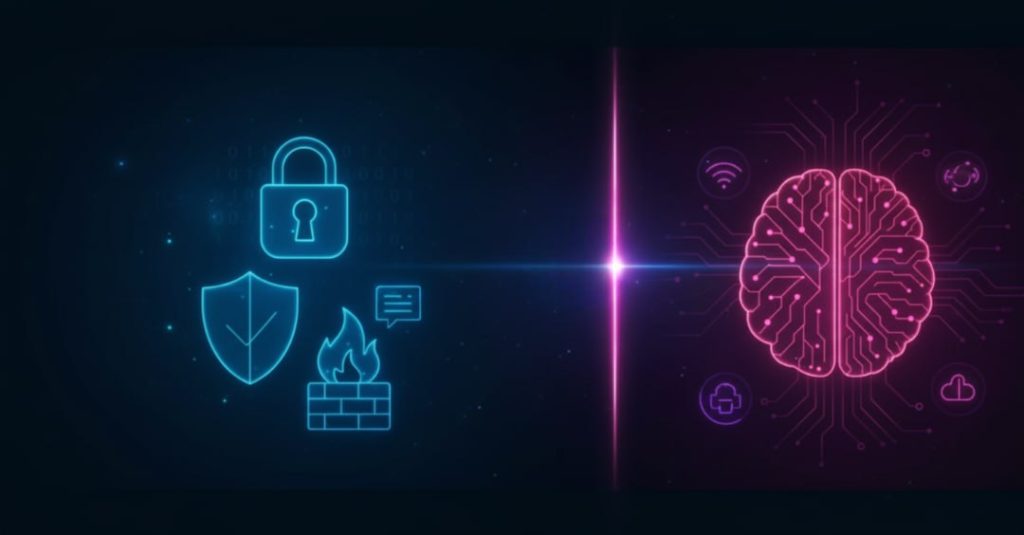Introduction
Everywhere we turn, artificial intelligence is quietly shaping the way we live, work, and play. From the moment our alarm clocks pick an optimal time to wake us, to the way we navigate through traffic-laden streets, AI has woven itself into the very fabric of our daily routines. It is redefining convenience, fostering deeper insights, and sparking creativity at scales we once thought impossible.
As we explore the myriad ways AI enhances everyday life, it becomes clear that we stand on the threshold of a new era. One defined not only by smarter machines, but by an intimate partnership between human ingenuity and computational power. In this article, we will dissect the history, delve into core subfields, examine real‐world applications, and confront the ethical challenges that come with such transformative technology.
A Brief History of Computing and Artificial Intelligence
The story of artificial intelligence begins with early computing pioneers who dreamt of machines that could think. In the mid‐20th century, figures like Alan Turing and John von Neumann laid the theoretical groundwork, posing fundamental questions about machine intelligence and programmability. Their work sparked a wave of experimentation in the 1950s and 1960s, leading to the coining of the term “artificial intelligence” at the Dartmouth Workshop in 1956.
Following that auspicious event, researchers oscillated between periods of intense progress and so‐called “AI winters,” where optimism waned due to limited computational resources and unmet expectations. It wasn’t until the advent of powerful GPUs, big data, and innovative algorithms in the 2010s that AI experienced a renaissance. Today, breakthroughs in deep learning and scalable architectures have unlocked applications once relegated to science fiction.
Core Subfields of AI
Artificial intelligence is not a monolith but a constellation of specialized disciplines. Each subfield advances in parallel, often borrowing insights and methods from one another:
- Machine Learning
- Natural Language Processing
- Computer Vision
- Robotics
- Reinforcement Learning
These areas collaborate to create systems that can learn from data, interpret human language, perceive visual scenes, and make decisions in dynamic environments. Below is a summary comparison of major AI subfields and their primary applications.
| Subfield | Core Function | Everyday Applications |
|---|---|---|
| Machine Learning | Pattern recognition and prediction | Email filtering, recommendation engines |
| Natural Language Processing | Understanding and generating human language | Chatbots, virtual assistants |
| Computer Vision | Interpreting visual information | Face unlock on phones, automated security cameras |
| Robotics | Performing physical tasks via sensors and actuators | Vacuum robots, warehouse automation |
| Reinforcement Learning | Learning optimal actions through trial and error | Traffic signal optimization, game AI |
AI in Healthcare
The integration of AI into healthcare heralds a revolution in diagnosis, treatment planning, and patient monitoring. Algorithms trained on medical imaging datasets can detect anomalies in X-rays or MRIs faster than many human practitioners, reducing diagnostic delays. Predictive models analyze patient history and vital signs in real time to flag early warnings for conditions like sepsis or heart failure, improving outcomes through timely intervention.
Beyond diagnostics, AI assistants streamline administrative workflows. Automated scheduling systems align doctor and patient calendars, while natural language processing tools transcribe and summarize clinical notes with remarkable accuracy. Personalized medicine, powered by genomic data and machine learning, is gradually moving from research labs into hospitals, promising treatments tailor-made for each patient’s genetic profile.
AI in Education
Artificial intelligence is reshaping the learning landscape by enabling personalized education at scale. Adaptive learning platforms analyze a student’s strengths, weaknesses, and learning pace, then curate lesson plans that target knowledge gaps. This data-driven approach fosters mastery and prevents students from getting bored with material that’s too easy or overwhelmed by content that’s too hard.
AI-powered tutoring systems simulate one-on-one instruction, providing hints, practice problems, and immediate feedback around the clock. Educators benefit from analytics dashboards that highlight class trends, enabling proactive interventions for learners who might be falling behind. In language acquisition, conversational bots offer immersive practice, responding to spoken queries in real time and correcting pronunciation or grammar errors on the fly.
AI in Finance
The financial sector has always been driven by data, making it fertile ground for AI applications. Algorithmic trading systems sift through market signals at millisecond speeds, executing trades that capitalize on fleeting price discrepancies. Risk assessment models combine credit histories, transaction patterns, and social indicators to generate more nuanced credit scores and lending decisions.
Fraud detection systems employ anomaly detection algorithms to flag suspicious transactions, often intercepting unauthorized activity before customers even notice. Personal finance apps use AI to categorize spending and generate budgeting advice, turning raw transaction data into actionable insights. As decentralized finance (DeFi) gains traction, AI helps navigate smart contracts and manage digital asset portfolios, promoting transparency and efficiency.
AI in Smart Homes and Cities
Smart home devices—thermostats, security cameras, lighting systems—leverage AI to learn occupant preferences and optimize energy consumption. Motion sensors detect when rooms are empty, adjusting heating or cooling, while voice assistants respond to natural speech commands, scheduling appliances or ordering groceries.
On a larger scale, smart city initiatives draw on AI to manage traffic flow, reduce pollution, and enhance public safety. Real-time analysis of traffic camera feeds optimizes signal timings to minimize congestion. Predictive maintenance algorithms monitor infrastructure health, identifying potholes or bridge stress before they become hazards. And in emergency response, AI dashboards aggregate data from multiple sources to coordinate resources during natural disasters or public health crises.
AI in Creative Arts and Entertainment
Far from stifling creativity, AI is serving as a catalyst for new forms of artistic expression. Music composers use generative algorithms to explore novel melodies and harmonies. Writers collaborate with language models to brainstorm plot twists, refine prose, or overcome writer’s block. Visual artists harness neural style transfer to blend photographic realism with abstract textures.
Streaming platforms leverage AI to analyze viewing habits and curate playlists of films or series tailored to individual tastes. Video game developers embed intelligent NPCs that adapt to player behavior, delivering more immersive experiences. Even in virtual reality, AI underpins real-time environment generation and user interaction models, blurring the lines between creator and consumer.
Ethical Considerations and Societal Impact
With great power comes great responsibility. As AI permeates diverse sectors, ethical concerns rise to the surface. Data privacy tops the list: massive datasets fuel AI capabilities, but misuse or unauthorized access can erode trust and infringe on personal freedoms. Ensuring transparency in how user data is collected and processed remains paramount.
Bias in AI algorithms poses another challenge. When training data reflects historical inequities, models risk perpetuating discrimination in hiring, lending, or law enforcement. Mitigation strategies include diversifying training datasets, enforcing fairness metrics, and instituting algorithmic audits conducted by interdisciplinary teams.
Job displacement is a third dimension of ethical concern. Automation replaces repetitive or hazardous tasks, yet it may also disrupt livelihoods. Policies that encourage reskilling, lifelong learning, and social safety nets can help society transition into an AI-augmented workforce.
The Road Ahead: Emerging Trends
As we gaze toward the horizon, several AI trends promise to redefine our relationship with technology:
- Explainable AI Efforts focused on interpretability aim to demystify black-box models, increasing transparency and fostering trust in critical applications like healthcare and finance.
- Edge AI Shifting intelligence from centralized clouds to local devices reduces latency, enhances privacy, and ensures continuous operation even when network connectivity falters.
- Quantum AI Quantum computing holds the potential to accelerate optimization problems and complex simulations, unlocking solutions previously deemed intractable.
- Human-AI Collaboration Rather than replacing humans, future systems will emphasize symbiosis—augmented intelligence that leverages human intuition and machine precision in tandem.
- AI Governance Frameworks Policymakers and industry bodies are coalescing around standards for responsible AI, from regulatory guidelines to ethical codes of conduct.
Conclusion
Artificial intelligence has moved far beyond academic curiosities and narrowly focused prototypes. It now permeates the devices in our pockets, the services on our screens, and the infrastructure that sustains modern life. As we adopt these technologies, we must stay vigilant about privacy, fairness, and workforce impacts, ensuring AI amplifies human potential rather than undermining it.
The powerful synergy of human creativity and machine intelligence has only just begun. Looking ahead, the greatest breakthroughs will arise not from autonomous systems operating in isolation, but from collaborative ecosystems where diverse stakeholders—engineers, ethicists, policymakers, and end users—shape AI for the collective good. In this grand experiment, every one of us plays a role in designing a future that is smarter, fairer, and more compassionate.





